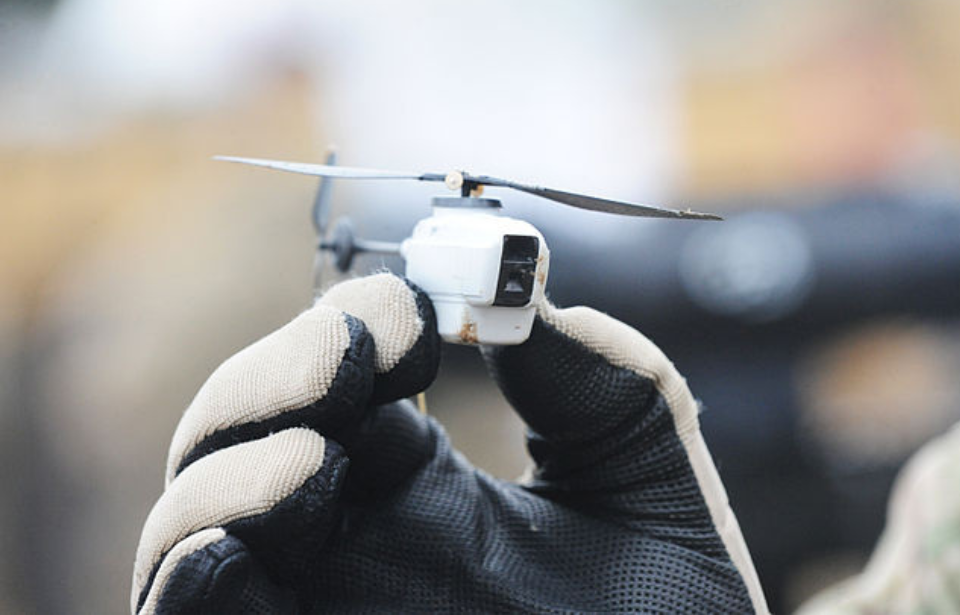Surveillance flights existed prior to the start of World War I. The first incident of aerial reconnaissance occurred in 1794, when the French used an Aerostatic Balloon to observe the movements of Austrian soldiers during the Battle of Fleurus, which was fought as part of the War of the First Coalition.
The use of spy aircraft ramped up during the Cold War. The United States and the Soviet Union were locked in a fight to create more technologically-advanced equipment. Given the limitations of the time, these aircraft were enormously expensive and put pilots in danger if they were discovered.
Today, the devices used to look into enemy movements are neither incredibly expensive, nor dangerous. In fact, some are tiny and unmanned. One of the most prominent of these drones is the Black Hornet Nano.
Development of the Black Hornet Nano
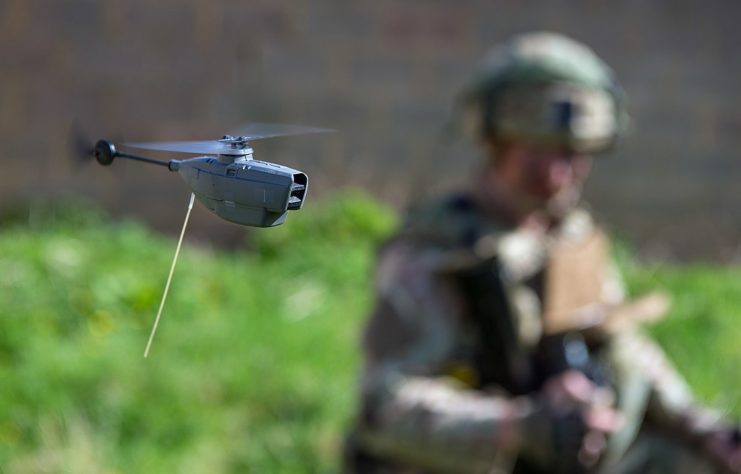
The Black Hornet Nano was designed and built in Norway by Prox Dynamics AS. Released in the 2010s, the drone weighs between 18 and 32 grams, with batteries. These surveillance devices can’t fly the same distance as reconnaissance aircraft, but have the advantage of being able to operate in any environment. They also don’t include any armaments, as they’re used solely for surveillance.
There’s a major price advantage to the drone. A two-pack, including a charging system, initially came in at around $40,000-60,000 USD, with certain models running close to $200,000. Compare this to the US Air Force’s SR-71 Blackbird, which costs around $34,000,000. Unlike the SR-71, which requires a pilot and reconnaissance systems officer (RSO), the drone only needs one soldier to operate it – from the ground.
Use of the Black Hornet Nano
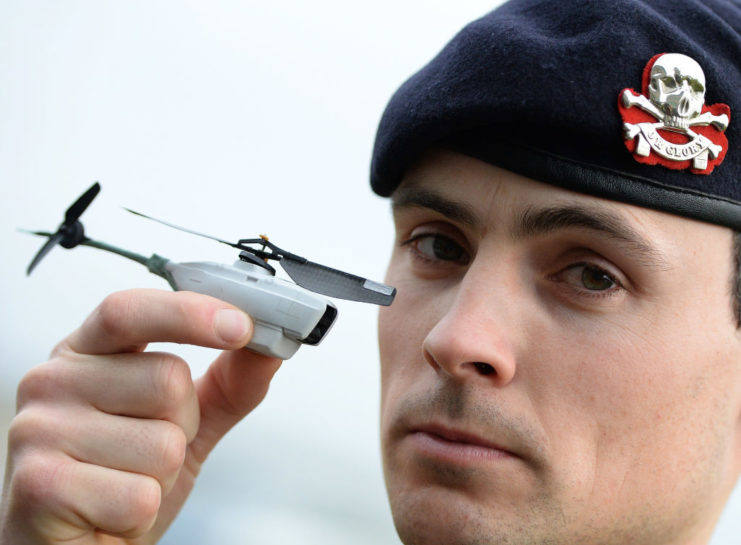
Soldiers can quickly be brought up to speed on the Black Hornet Nano, as training can be done in as little as 20 minutes. The device is incredibly easy to transport and troops can simply hold the units in their pockets.
The drone can be put into action immediately, and is capable of reaching speeds of up to 13 MPH. It features three cameras: one pointing straight down, one looking forward and another set at a 45-degree angle. The images captured by the device are transmitted to a central terminal, as the drone itself doesn’t have the ability to store photos. This is considered an advantage, as no data can be accessed, should it be captured.
First used in the field by British soldiers
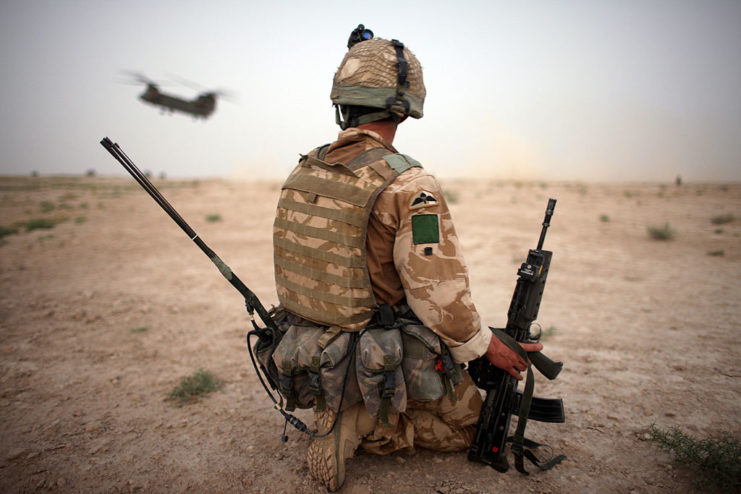
The first time the Black Hornet Nano was used in the field was by members of the United Kingdom’s Brigade Reconnaissance Force, stationed in Afghanistan. The environment was the perfect location for such a device, and the units were painted tan to blend in with the terrain.
Soldiers utilized the the drone to check around corners and over walls. In 2013, the British Army had a total of 324 in service. While it was retired in 2016, the device was brought back three years later as part of the Defence Equipment and Support program by British Army HQ.
Many other countries have adopted the drone
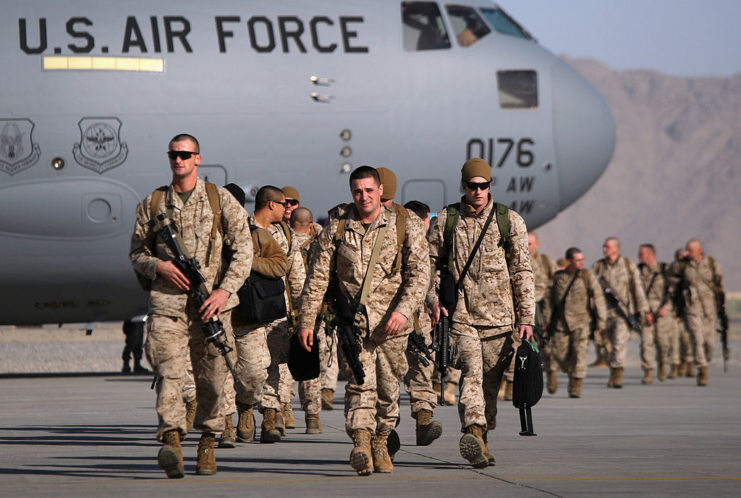
A number of other countries utilize the Black Hornet Nano, and they’re all NATO-aligned. The list includes India, Australia, Germany, Greece, Netherlands, New Zealand, Algeria, Norway, the UK, the US, France, Spain, South Africa and Turkey.
In the US, the drones are used by the Lee Country Sheriff’s Office in Florida and by the US Army Calvary Scouts. In 2015, Special Operators from the US Marine Corps tested out a specially-constructed Black Hornet Nano, but decided the cost for this specific device was cost prohibitive.
Current use of the Black Hornet Nano
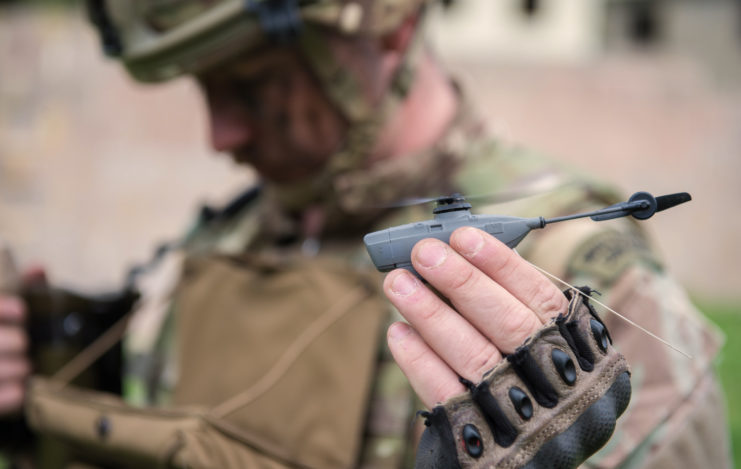
In February 2022, Russia invaded Ukraine. Unlike those listed above, Ukraine is not a NATO member nation, but has attempted to join the organization for several years. As a result, many member countries have made concerted efforts to help the Ukrainian military fight back against the ongoing invasion.
More from us: K2 Black Panther: One of the World’s Most Expensive Tanks
Norway and Great Britain announced in August 2022 that they’ll partner to send Black Hornet Nano units to Ukraine. The aid package will contain between 150-240 sets, and will also include training and accessories.
